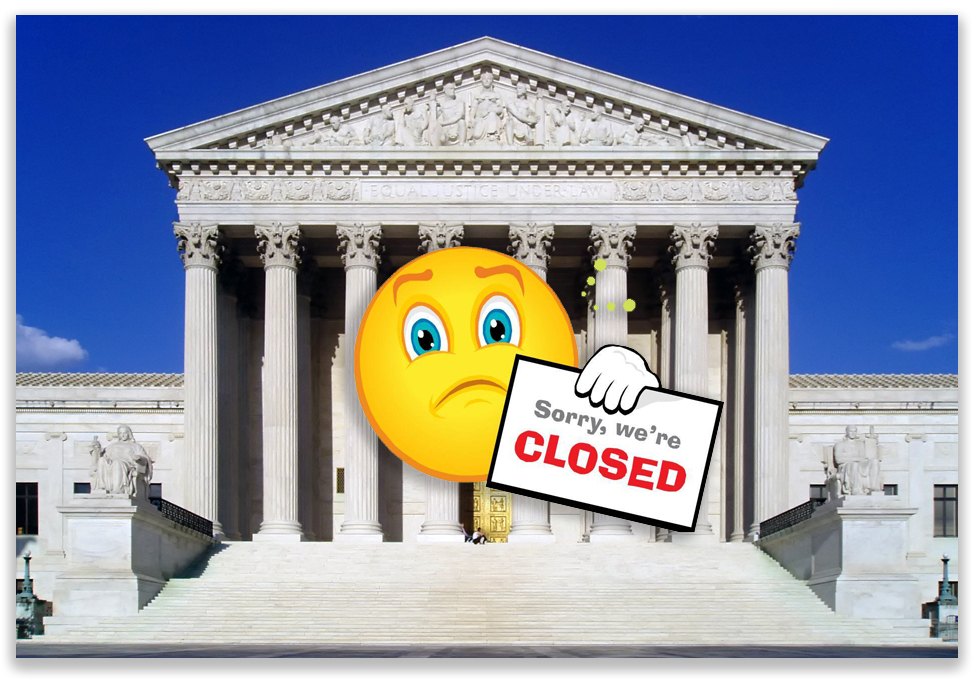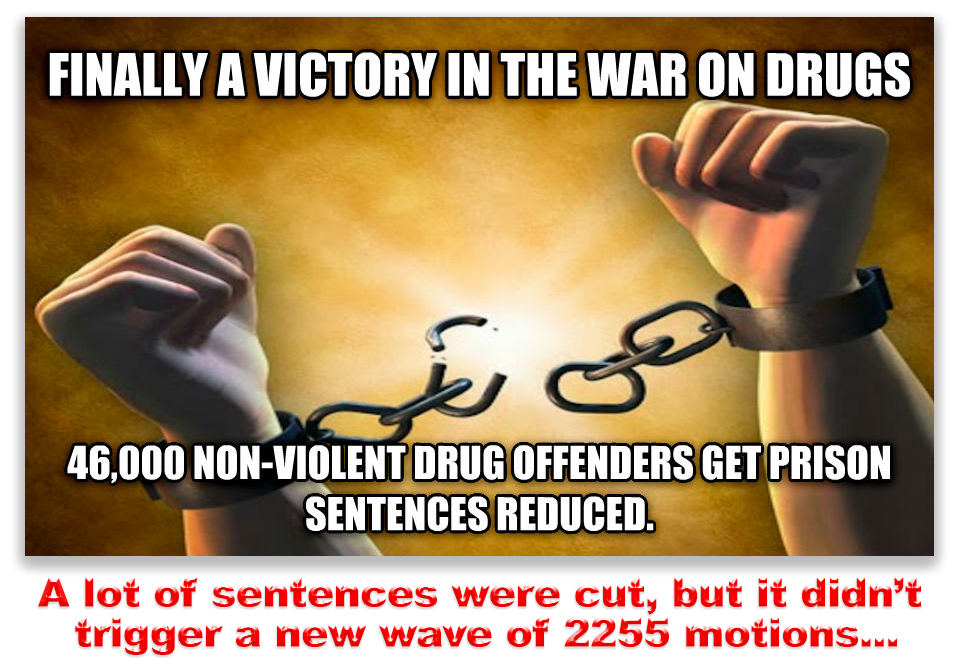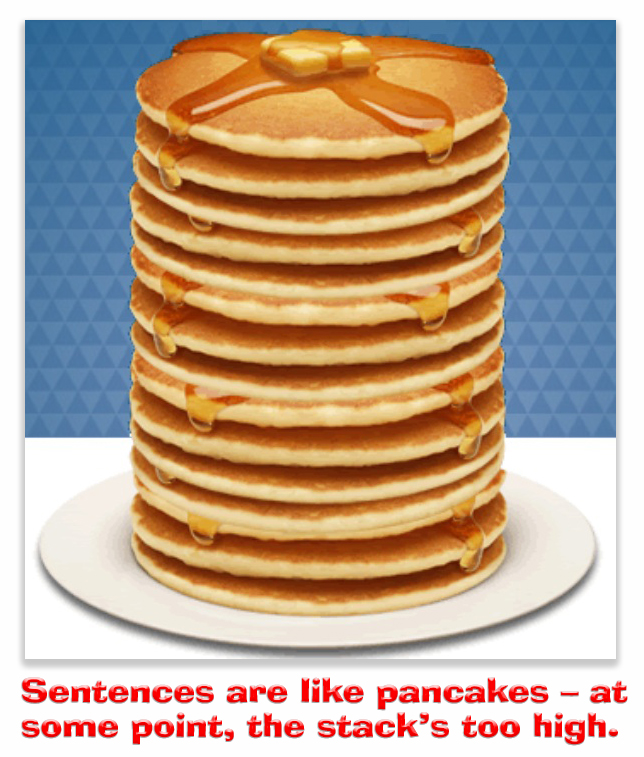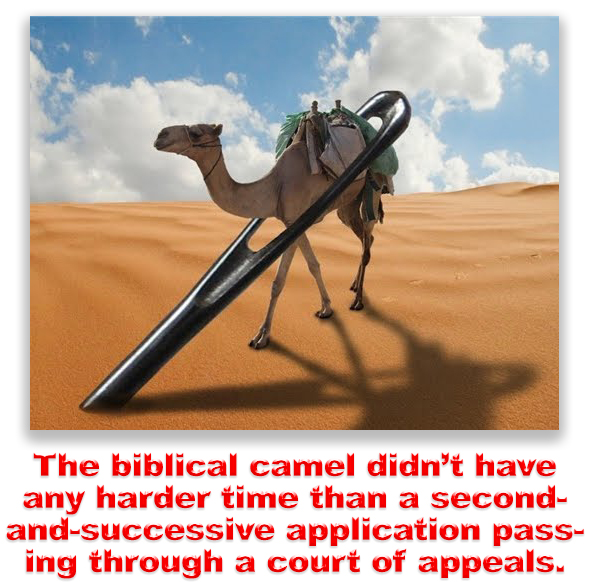We post news and comment on federal criminal justice issues, focused primarily on trial and post-conviction matters, legislative initiatives, and sentencing issues.
11TH CIRCUIT PANEL BARS 2255 BRADY CLAIM, THEN ASKS EN BANC COURT TO REVERSE DECISION
 It’s pretty rare to see an appeals court beg for en banc review to reverse Circuit precedent, but a 3-judge panel of the 11th Circuit did that last week.
It’s pretty rare to see an appeals court beg for en banc review to reverse Circuit precedent, but a 3-judge panel of the 11th Circuit did that last week.
Gino Scott was convicted by a jury over a decade ago of drug trafficking. As do most defendants who lose jury trials, he filed a direct appeal and then a 2255 motion. He lost those. But a few years later, the government admitted to his trial court that it had Brady information about how its informant, whose testimony had help nail Gino, lied about his background on the stand.
Gino filed a second 2255 motion based on the newly-revealed information. But under 28 USC 2244, newly-discovered evidence will not allow a second-and-successive 2255 to go forward unless the new evidence would establish that no reasonable jury would have found the defendant guilty of the underlying offense.
The Supreme Court has held that not every second 2255 is a “second-and-successive” 2255 motion. Instead, “to determine whether an application is ‘second or successive,’ a court must look to the substance of the claim the application raises and decide whether the petitioner had a full and fair opportunity to raise the claim in the prior application.” But the 11th Circuit previously held in Tompkins v. Secretary, DOC that this Supreme Court holding did not apply to second 2255s raising Brady claims.
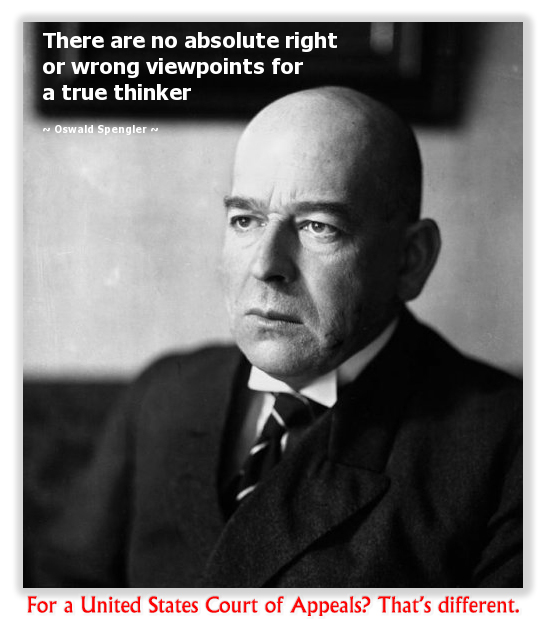 In last week’s decision, the 11th Circuit panel argued that Tompkins is wrong, and that a newly-discovered Brady claim is not a second-and-successive 2255. But, for the uninitiated, a three-judge panel has no power to reverse a prior published circuit decision. Rather, unless a Supreme Court decision does so, only the Court sitting en banc has the right to abandon Circuit precedent.
In last week’s decision, the 11th Circuit panel argued that Tompkins is wrong, and that a newly-discovered Brady claim is not a second-and-successive 2255. But, for the uninitiated, a three-judge panel has no power to reverse a prior published circuit decision. Rather, unless a Supreme Court decision does so, only the Court sitting en banc has the right to abandon Circuit precedent.
For that reason, after Gino’s panel explained in great detail why Tompkins was wrong, it was nevertheless obligated to apply Tompkins to deny Gino’s claim anyway. Gino’s court ended with a plea to the other judges in the Circuit: “Supreme Court precedent, the nature of the right at stake here, and habeas corpus require a petitioner who has reasonably probably been convicted because the government failed to disclose material exculpatory evidence, to have a full and fair opportunity to obtain relief. For this reason, we urge our colleagues to rehear this case en banc and reevaluate the framework we established in Tompkins.”
Scott v. United States, Case No. 15-11377 (11th Cir. May 23, 2018)
– Thomas L. Root






